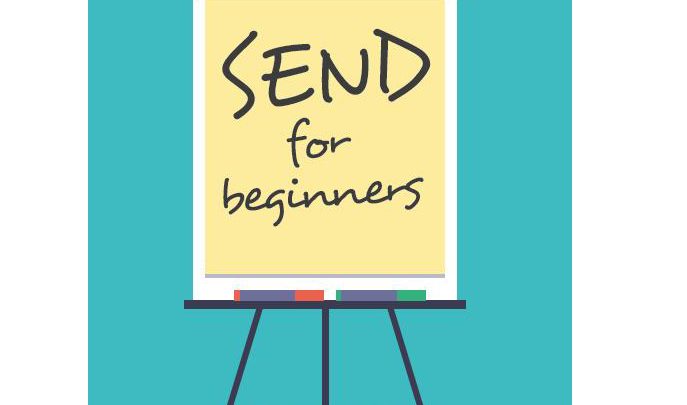SEN Can’t Be A Total Mystery To Teachers – Or So You’d Think…

We should be concerned when teachers display a lack of basic SEND knowledge, writes Nancy Gedge – but should we actually be surprised…?

- by Teachwire
- Classroom expertise and free resources for teachers

I recently ran some teacher training, something I’ve been doing more of since writing the book Inclusion for Primary School Teachers. I’ve found that teaching adults is very similar to teaching children – except that teachers, especially, don’t like being talked at or lectured to. They prefer to be doing something while they are learning.
Having planned a session on understanding the four categories of special educational need, I decided to go old school and get them running around the room. Well, that’s what I had in my mind, at least. Being a Saturday morning, most of the participants were tired, making the ‘running’ more of a reluctant shuffle…
Plumbing the depths
When you teach SEND children, it never comes as a surprise that there are things – a lot of things – that they don’t know. That said, the depths to which lack of knowledge can extend can sometimes come as a bit of a surprise. I remember being momentarily taken aback one day upon discovering that a young boy I was teaching to read did not know what the word ‘instrument’ in a book about pop stars meant. I also recall my gast being a bit flabbered the day I was asked what ‘The black bit above the Earth was like’ when we were looking at a globe, but there you are. If you’re not prepared for surprises, you haven’t been teaching for long.
Many of the children I have taught over the years have considerable gaps in their learning and for many different reasons, sometimes related to a type of learning problem. But when you teach adults – a group of teachers, at that – there’s an expectation that they’ll know at least a bit of what you’re talking about. Some of them will have spent a good few years in the classroom, and considering that one in seven children has some form of SEND, that works out to about four children in every class. Special educational needs therefore can’t be a total mystery to them. Or so you’d think…
The activity went as follows: I called out the name of a special need or a disability, and the teachers had to run to one of four places in the room, under the headings ‘Cognition and Learning’ (C&L), ‘Communication and Interaction’ (C&I), ‘Social, Emotional and Mental Health’ (SEMH) and ‘Physical and/or Sensory’. Using four categories of special need, I was asking teachers to identify where certain SEND labels should go. The results were intriguing.
Five hours or less
The first couple of rounds went as I’d expected. I called out ‘Autism Spectrum Disorder’ and everyone hurried (as far as they were able) to the C&I wall. ‘Dyslexia’ – straight to C&I. Next came ‘ADD’ and ‘ADHD’, which prompted the gathering to huddle together on the SEMH wall. It wasn’t long before I realised that I might need to adapt the activity so that they stood half a chance of getting some correct…
Since I both live and work with SEND (my son has Down’s syndrome), and therefore having intimate knowledge of the area, I can sometimes forget that not everyone realises that labels are just that – labels. And that the application of the label is only the start of the story. When you live with learning disability, when you experience daily the fact that a person has needs that can span and even go beyond the four categories of need in the Code of Practice, this seems obvious. When your experience is limited to five hours per day (or less, given the way many SEND learners spend much of their time out of class working with someone other than their class teacher), it is less so.
Every teacher may well be a teacher of special educational needs, but that doesn’t mean that every teacher either knows what to do about that, or even understands what that means. Consequently, it’s incumbent upon those of us who do know a bit more, to do more to spread that knowledge around.
About the author
Nancy Gedge is a consultant teacher at the Driver Youth Trust and blogs at notsoordinarydiary.wordpress.com; follow her at @nancygedge










